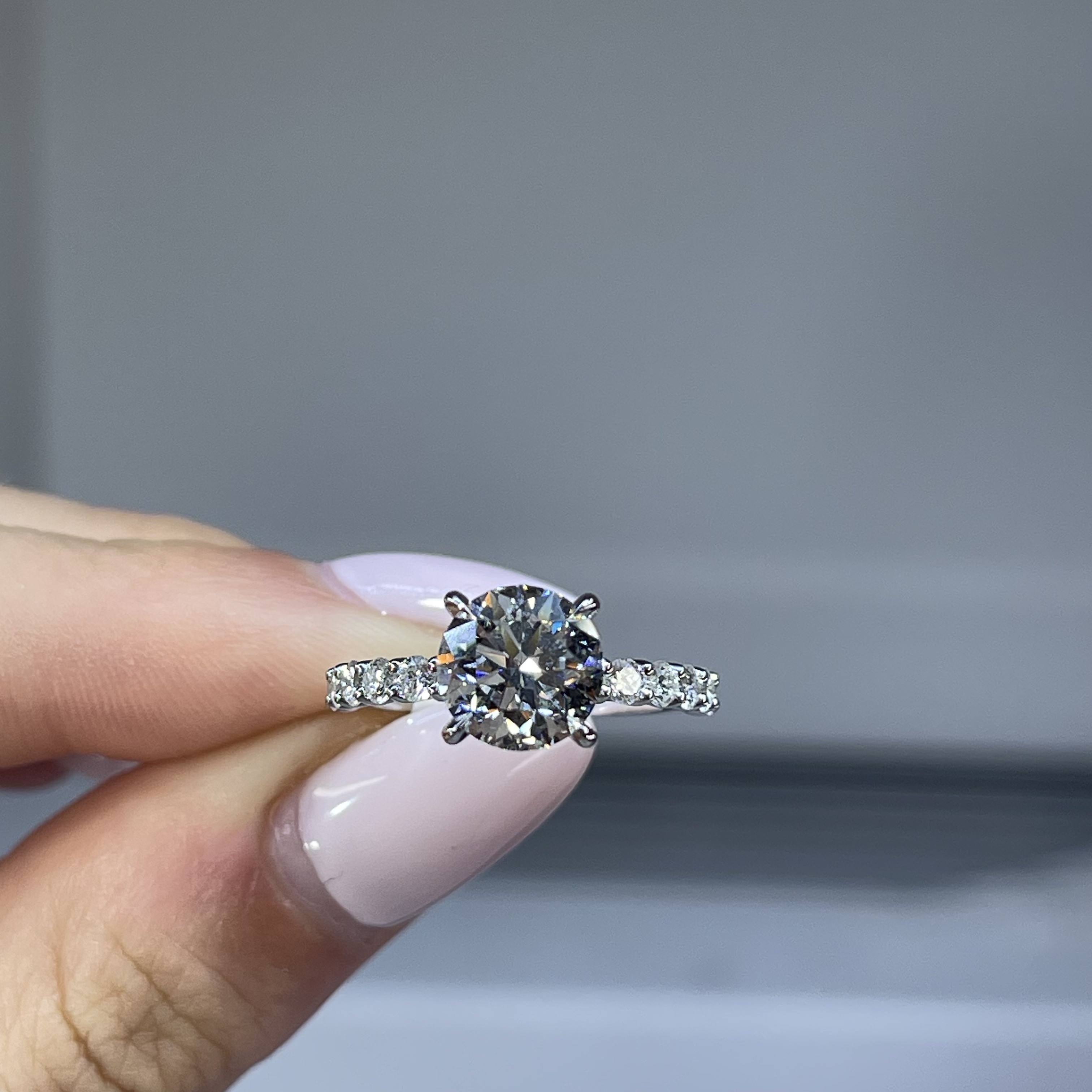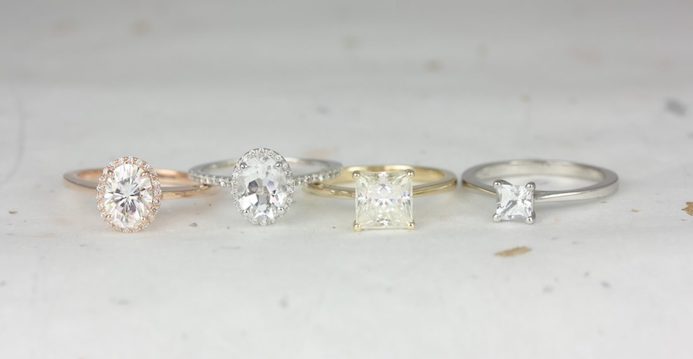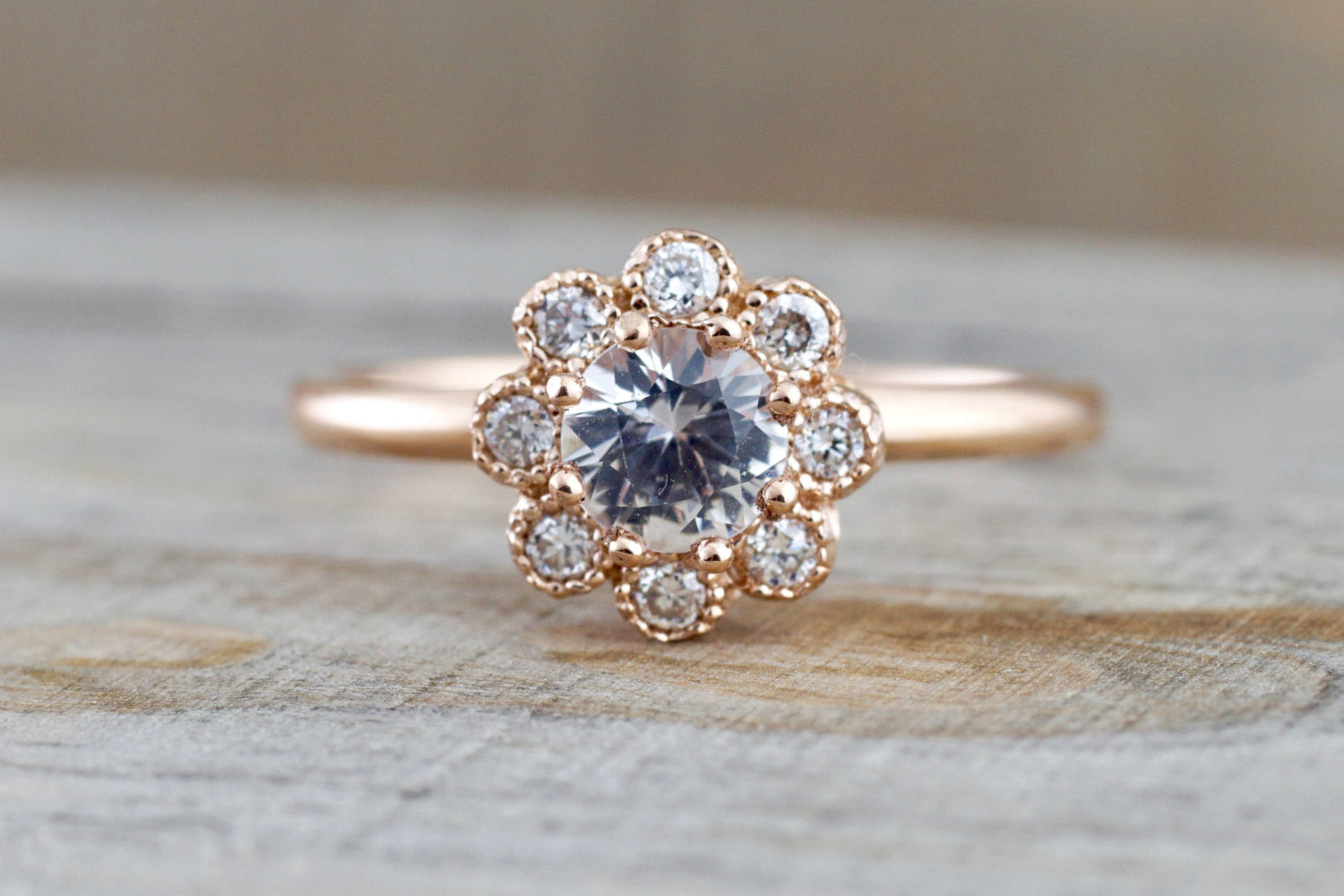When it comes to purchasing a diamond, one of the first and most important considerations is its size. Whether you’re selecting a dazzling engagement ring, a piece of jewelry with timeless elegance, or an investment stone, the size of the diamond plays a significant role in its visual appeal and overall value. However, with the rise of lab-created diamonds, the landscape is changing, and many consumers are finding that these synthetic stones offer a unique opportunity to own larger, more impressive diamonds at a fraction of the price of their natural counterparts. In this article, we explore why diamond size matters and how lab-created diamonds are reshaping the conversation around luxury, affordability, and sustainability.
The Importance of Diamond Size: Carat Weight and Its Impact
A diamond’s size is typically measured by its carat weight, a unit that reflects both the stone’s size and its overall mass. One carat is equivalent to 200 milligrams, and larger diamonds are exponentially rarer in nature, making them more expensive. As a diamond’s carat weight increases, its value rises significantly, often outpacing the proportional increase in its size.
The visual impact of a diamond is profoundly influenced by its size. Larger diamonds not only catch the eye more easily, but they also allow for greater detail and complexity in their cut and clarity. Diamonds weighing 2 carats or more are often seen as luxurious centerpieces, while smaller diamonds, though still valuable, are typically regarded as complementary stones.
Why Lab-Created Diamonds Offer Larger Sizes at Lower Costs
One of the main reasons lab-created diamonds are gaining popularity is their ability to deliver larger, high-quality diamonds at a much more accessible price. While a naturally mined diamond increases significantly in price as its carat weight grows, the same is not true for lab-grown diamonds. These diamonds, grown in controlled environments using advanced technology, can be produced in larger sizes without the same limitations posed by nature. This translates into a significant cost-saving for consumers who are seeking larger, more impressive stones without sacrificing quality.
Lab-created diamonds are chemically, physically, and optically identical to their natural counterparts, which means that a 3-carat lab-created diamond will have the same brilliance, sparkle, and durability as a 3-carat mined diamond. However, the cost of that lab-grown diamond can be anywhere from 30% to 40% lower, allowing consumers to opt for a larger diamond than they might otherwise be able to afford.
Visual Appeal: Why Size Enhances the Diamond’s Beauty
Size has a direct impact on the visual appeal of a diamond. Larger diamonds, especially those over 1 carat, offer greater surface area, which means more facets to reflect light. This enhances the brilliance, fire, and scintillation of the diamond, creating a more dramatic and eye-catching sparkle.
For engagement rings, in particular, size can make a bold statement. A 2-carat diamond will appear noticeably more prominent on the hand than a 1-carat diamond, giving a more luxurious and opulent feel. The halo setting, which surrounds a central stone with smaller diamonds, can also accentuate the size of the diamond, but nothing quite compares to the commanding presence of a large single stone.
Lab-Created Diamonds: Sustainability and Ethical Sourcing
Beyond the benefits of size and cost, lab-created diamonds offer a more sustainable and ethical alternative to mined diamonds. Traditional diamond mining can have significant environmental impacts, including deforestation, soil erosion, and the use of large amounts of water and energy. It can also raise concerns about labor practices and the treatment of workers in mining regions.
Lab-created diamonds, by contrast, are produced in a controlled laboratory setting, reducing the need for environmentally harmful mining practices. The production of lab-grown diamonds requires significantly less energy, water, and other resources compared to traditional mining, making them a more eco-friendly choice for consumers who are conscious of their environmental footprint.
In terms of ethical sourcing, lab-created diamonds provide peace of mind, as they are free from the risks associated with conflict diamonds (also known as blood diamonds), which are sometimes mined in war zones and sold to finance armed conflict. For socially conscious buyers, the ability to purchase a larger, beautiful diamond without ethical concerns makes lab-grown diamonds an increasingly attractive option.
Clarity and Cut: How Lab-Created Diamonds Shine in Larger Sizes
While size is a major factor in a diamond’s appeal, it’s important to consider the clarity and cut of the stone as well, especially when dealing with larger diamonds. Larger diamonds often highlight imperfections and inclusions more clearly than smaller stones, which means that clarity becomes more important as carat weight increases.
With lab-created diamonds, achieving higher clarity grades is easier because the controlled production environment allows for fewer internal flaws or inclusions. As a result, lab-created diamonds tend to score well on clarity, even at larger sizes, providing a pristine and flawless appearance that enhances their overall brilliance.
The cut of the diamond also plays a pivotal role in how the stone reflects light. Whether it’s a classic round brilliant cut, a sophisticated emerald cut, or the modern princess cut, the precision of the cut directly affects the diamond’s sparkle. In larger lab-grown diamonds, a well-executed cut can elevate the diamond’s beauty, making it stand out even more in a setting.
Affordability and Accessibility: More Diamond for Your Dollar
One of the most significant advantages of lab-created diamonds is their affordability. For consumers, this means that it’s possible to purchase a much larger diamond for the same price as a smaller, natural diamond.
For example, the cost of a natural 2-carat diamond can easily exceed tens of thousands of dollars, depending on its clarity and cut. In comparison, a lab-created 2-carat diamond of similar quality may cost significantly less, sometimes up to 40% cheaper, without compromising on the stone’s appearance, durability, or performance.
This price differential makes lab-grown diamonds an appealing option for buyers who want a larger, more impressive stone without the hefty price tag. It also opens up opportunities for customization, allowing consumers to invest in unique and personalized settings that further enhance the diamond’s size and beauty.
The Future of Luxury: Lab-Created Diamonds Leading the Way
As more consumers become educated about the benefits of lab-created diamonds, their popularity continues to grow. Not only do they offer the ability to purchase larger, high-quality stones at a lower cost, but they also present a more sustainable and ethical alternative to mined diamonds.
For those seeking a diamond that balances size, beauty, and responsibility, lab created diamonds represent the future of luxury. Whether you’re shopping for an engagement ring, a gift, or simply an elegant piece to mark a special occasion, the choice of a larger lab-created diamond offers unmatched value, style, and peace of mind.



